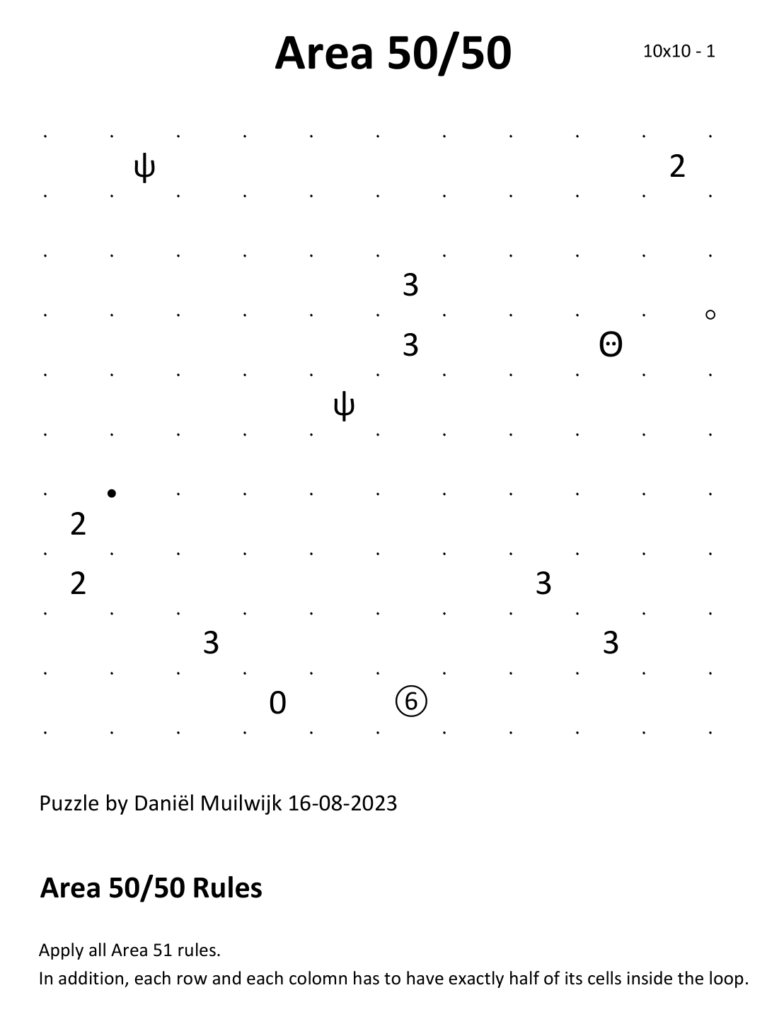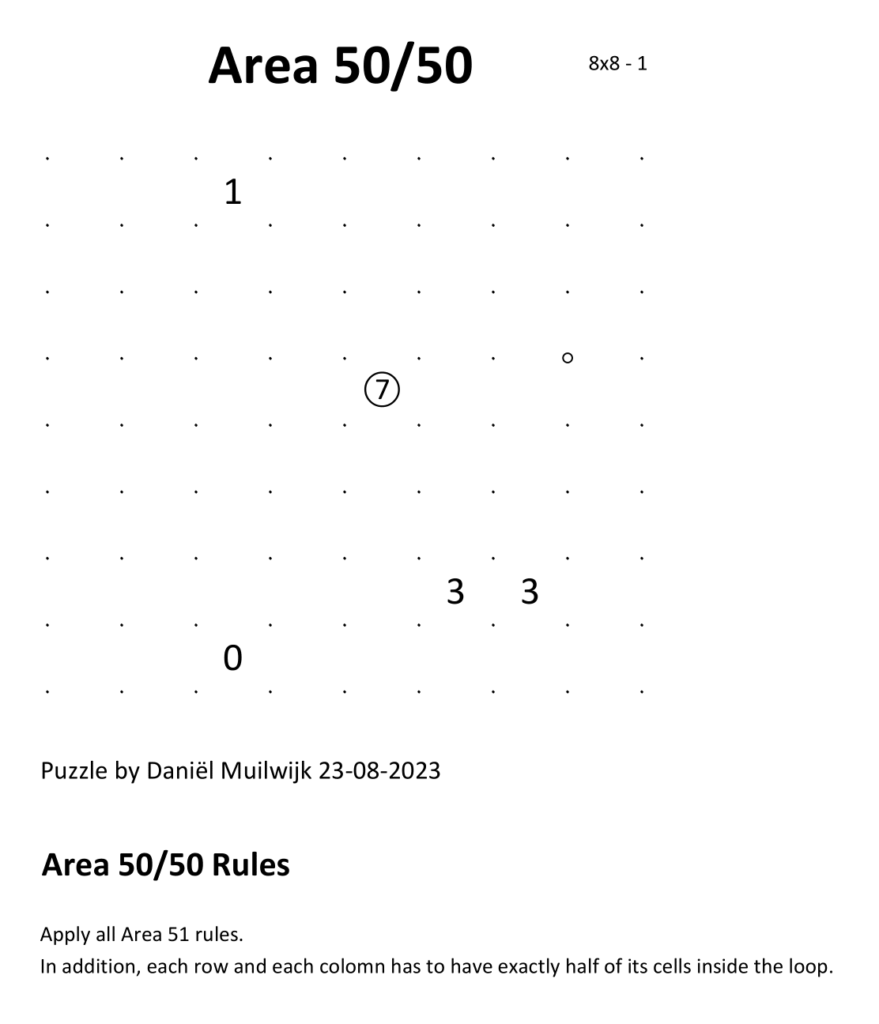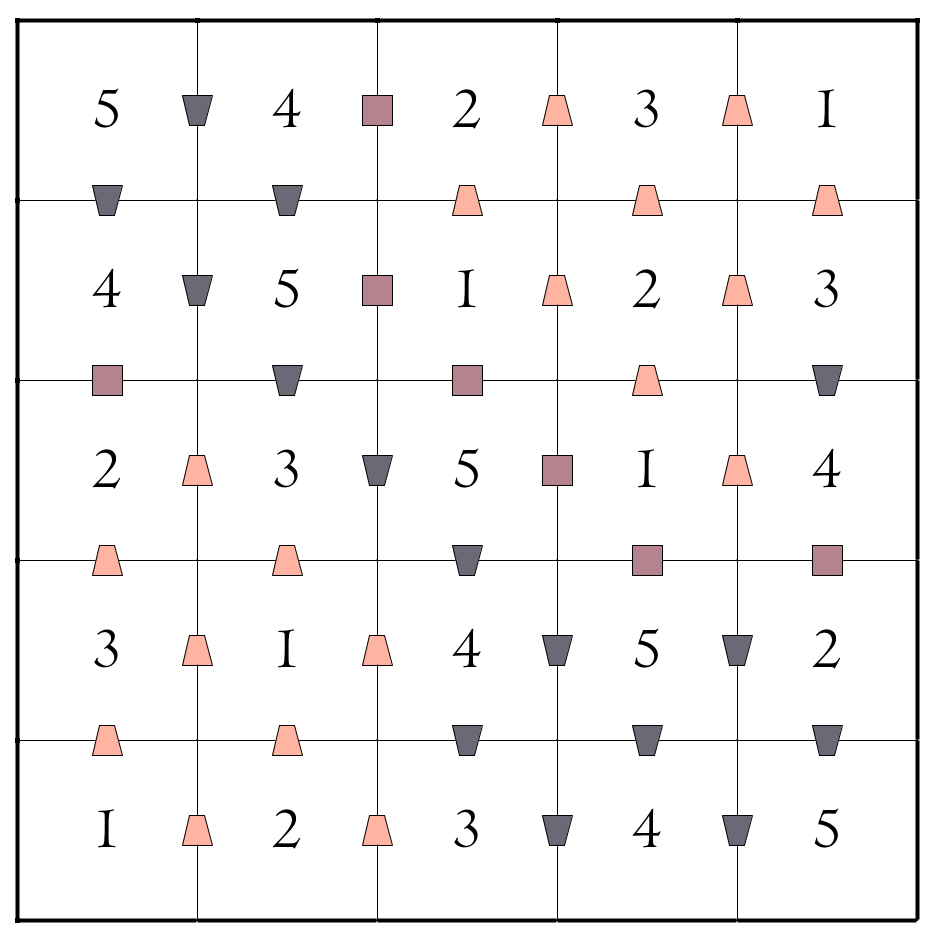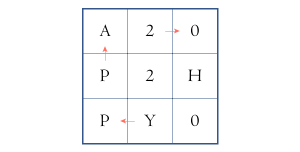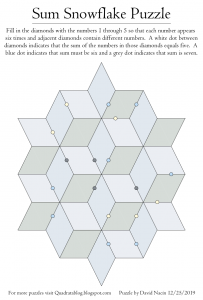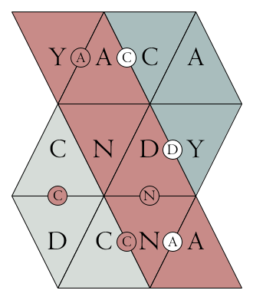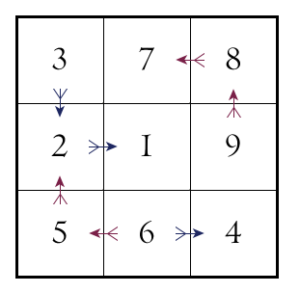This year, I’m participating in two Secret Santa exchanges in puzzle communities. The first one is from the Cracking the Cryptic YouTube channel’s Discord community, and here’s what Santa gave me:
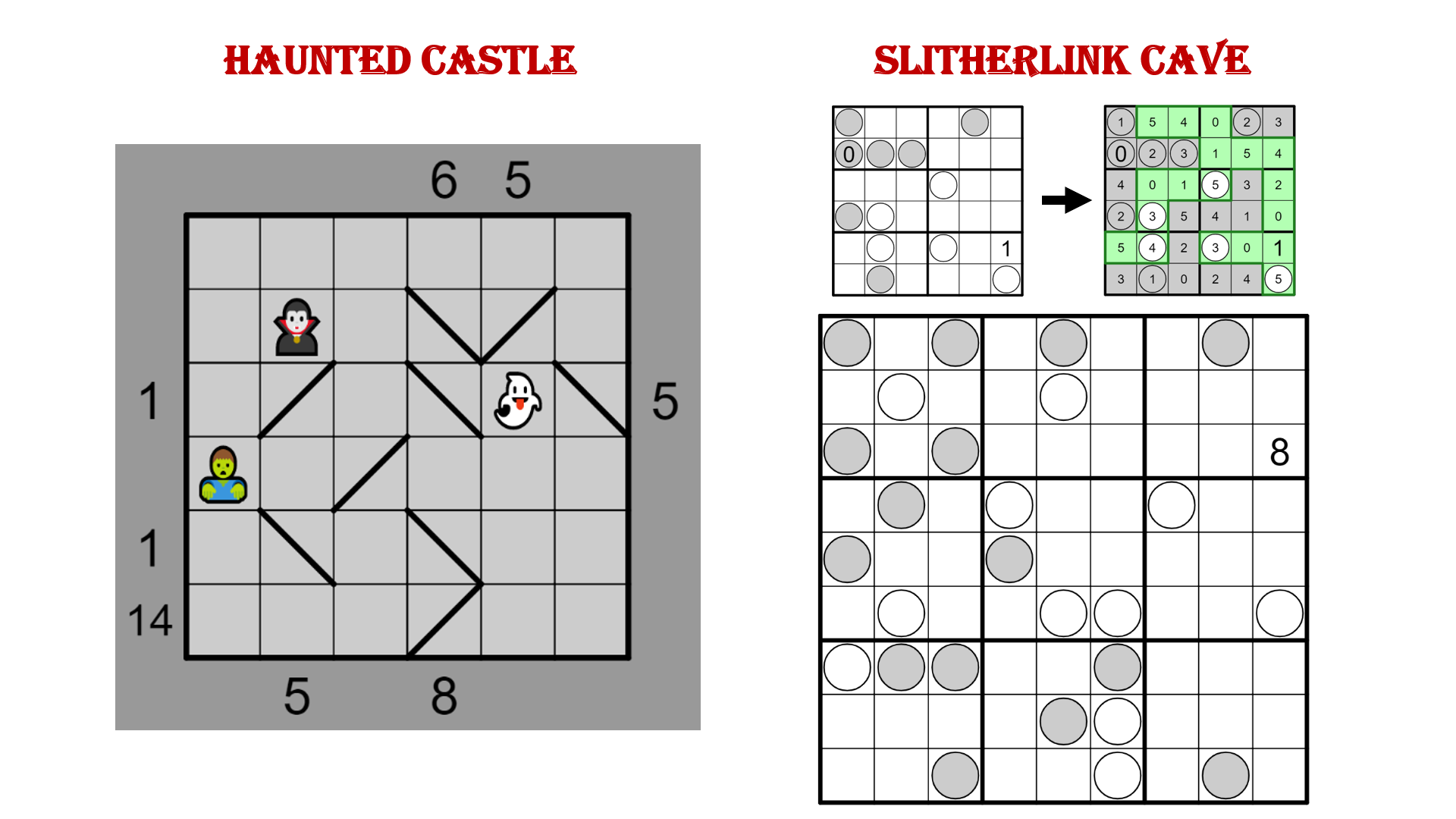
Left: A mashup of my haunted mirror maze format with a Latin square. Place at most one of each digit 1-6 in each row and column, excluding mirror squares. Each digit is also a type of creature (vampire, ghost, or zombie) and there are two digits for each creature. In lieu of traditional haunted mirror maze clues, the clues provided show the sum of the digits seen from the location where they’re placed. Penpa+ version.
Right: A sudoku using digits 0-8 with a cave/slitherlink hybrid intertwined in it. Each unshaded circle is a cave clue inside of the cave loop which notes the number of interior cells seen in the four orthogonal directions before hitting a wall, plus itself. Shaded cells are wall/exterior slitherlink clues which must note the number of lines around the clue cell and must remain outside the loop. Penpa+ version.
Thanks again, Santa!
Posted in Haunted Mirror Mazes, Puzzle, Sudoku by David Millar, 12/24/22 9:25 PM
No Comments »
